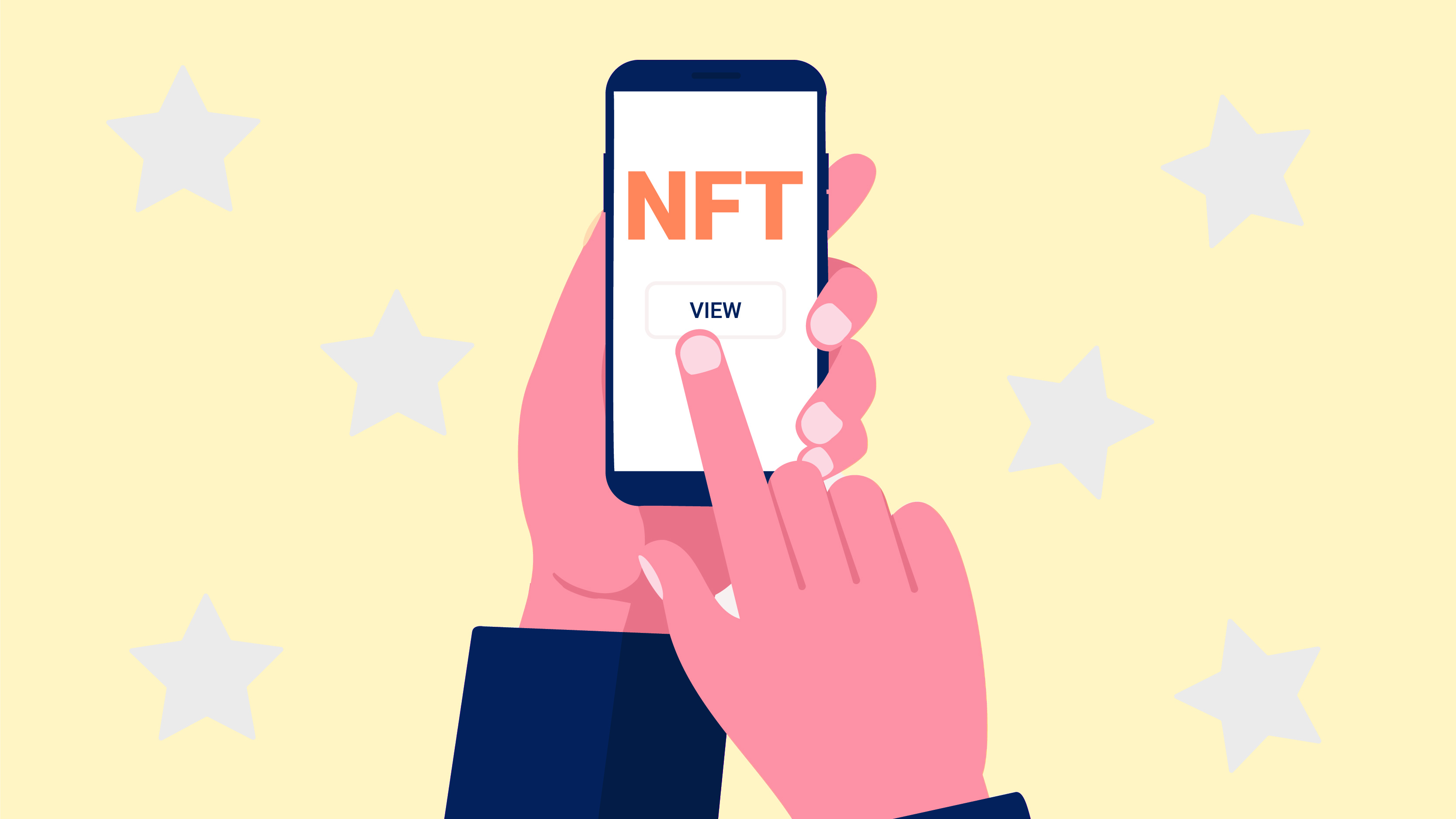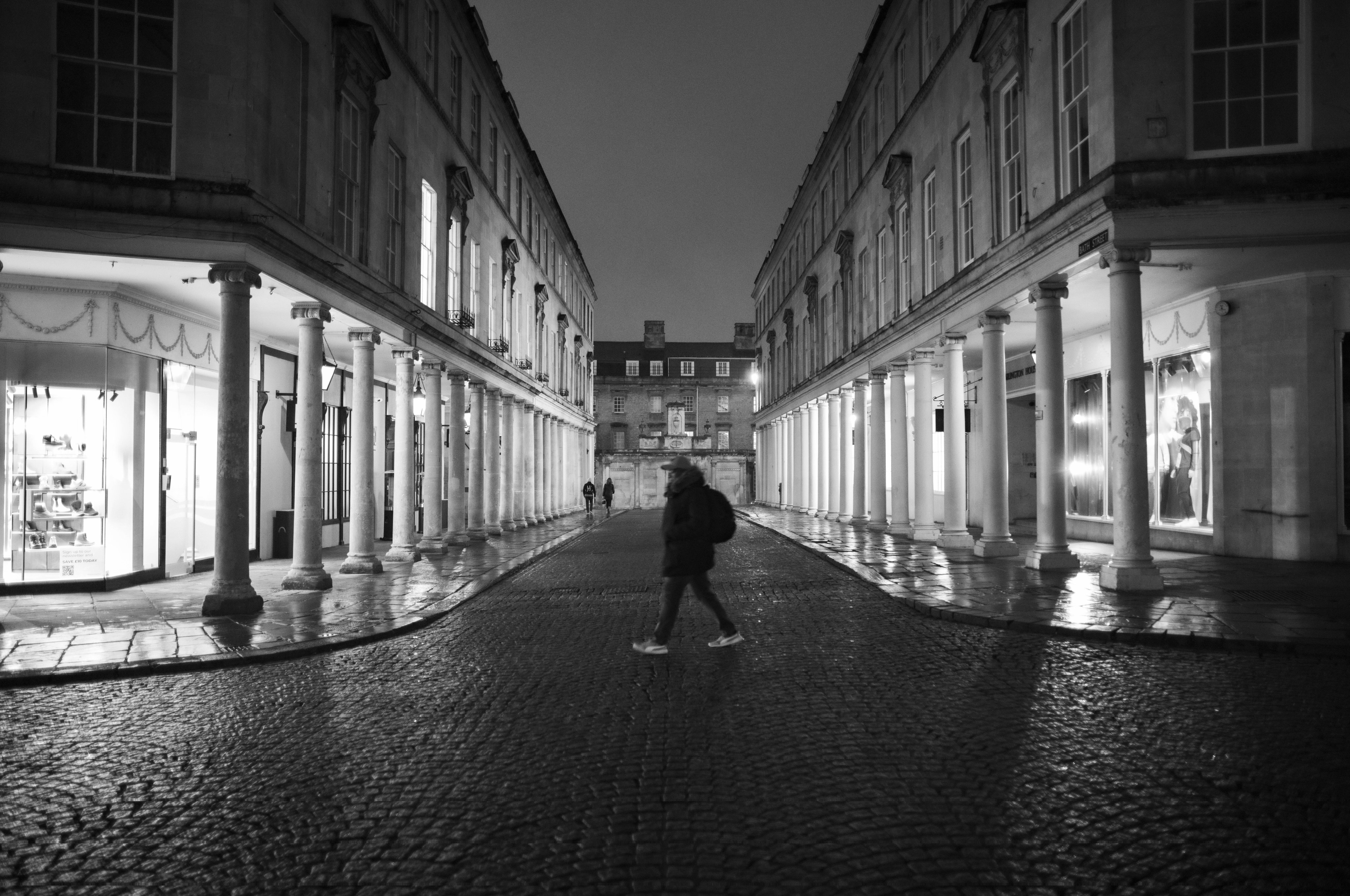NFTs: Why they and the community scare me off taking the plunge with my photos
This is why I am still scared to join the NFT bandwagon with my photography – but also still curious…

"GM my fellow artists" as the NFT community seems to love saying every morning. I am sure there are many of you out there that are in my shoes still thinking, “What are NFTs?” or “Why are NFTs a thing?” or “How do I sell NFTs?”
I’ve been thinking about the same things for a while now, and these are my thoughts of exploring the market and the culture around it. A few years ago I decided I wanted to take my photography in another direction, fine art to be precise, and produce limited edition prints both on traditional archival photo papers with acid-free mounts and sustainably sourced frames, and also free-hanging aluminum prints.
I had it all planned out, and do sell them, but then NFTs came in the picture and took over my train of thought. Should I be doing NFTs, could they help fund my personal work, why am I scared to join in when others appear to be making a good living out of this strange network… well, let's dive deeper!
So what is an NFT?
NFT stands for "non-fungible token", which essentially means that each NFT created is unique and can't be replaced with something else.
There have been comparisons made between NFTs and bitcoin, but while you could replace one bitcoin with another and you wouldn't be able to tell the difference, you can't do the same with an NFT; like a fine art print, once it's mounted, signed and numbered, it can only be produced once in any format – or that's how it used to be, but that’s another topic for another day.
If you're wondering what exactly can be bought or sold as an NFT, the answer seems to be pretty much anything digital. Art, photography, animation and music can all be NFTs – but Jack Dorsey, the founder of Twitter, sold his very first tweet for an eye-watering $2,915,835.47.
That is just mad. Mad because who the hell cares about his first tweet on a platform that is designed to be a voice for all in the public domain? And also infuriating, as why would someone spend so much money on something so pointless, when genuine photographers and artists are producing outstanding physical work that can be hung on a wall, enjoyed and passed on as time goes by.
Get the Digital Camera World Newsletter
The best camera deals, reviews, product advice, and unmissable photography news, direct to your inbox!
So I'm a photographer, as most of you know and #NFTs have me curious, I still want to make physical prints, but maybe they could help fund things alongside my personal work.How do I get involved, where is the best place to sell? Teach... #NFTCommunity #nftphotography pic.twitter.com/gaW0VRtK2HMarch 14, 2022
So why am I scared about NTFs?
Firstly, I don't understand the whole network about NFTs. I can just barely understand bitcoin, which I do have $100 in (or should I say $80 now, thanks to the dip), so I do want to be involved in this new things.
I even sent out a tweet wanting to know more and to be taught is this something I should be looking at? I see and hear outstanding stories about the platforms, but one thing that really scares me is the upfront cost of “minting” your work.
Now, I might sound old-school, but if I spend between $500 on paper, ink, mounts, frames and so on, I can physically see my investment. I can touch it, I can use it to produce more work equally or hopefully above my investment on a practical scale and the payment process is simple. I order and pay for the materials, they arrive and I print products to sell.
With NTFs I first have to register an online wallet, which already begins to sound extremely dodgy. Once set up I then have to invest into the platform and exchange my hard-earned money on this online lottery currency Ethereum (which has a multi-cost factor to begin with, due to its dependence on the market) then I have to send that ETH to my online wallet, to then pay an auction site to “mint” my work – basically to set up how much I would like my art to sell for.
For example if I want to set the below image for, say, $1,000, I might be charged a “minting” gas fee of up to $300. Then if my artwork sells I will also have to provide a service charge to the marketplace which sold my work – this I understand, as if you had a physical print you wanted to hang and sell within a gallery the same fees apply. I want $1,000, the gallery either takes a cut of that or hangs it for $1,500 – I take the $1,000, Gallery $500 - it's a win-win situation.
But when you are forking out your hard-earned cash online, that factor becomes very daunting. You begin to question if your artwork will sell and are you just wasting your money, as you can’t physically see your investment around you, just on a screen with some weird numbers next to it hoping that it might sell.

Another fear factor is the community. They all seem very nice, which I am sure most of them are, but all these GM tweets (GM stands for good morning by the way) which are usually followed by “who should I invest in today, share your work” might look like a great community to be involved with, and I am sure those deeper involved would say is it.
As an outsider looking in, though, all I see are the same names, figures, collectors and photographers promoting each other's work, investing in one another because, you guessed it, they just invested in their work.
To me, it looks like the old “follow4follow” basis that we have been told for ages not to take part in across all social platforms – and this is real money we are talking about being exchanged left, right and center. And hey, if you want to invest into someone's work and they pay it back, that sounds great, but to me it looks like that nice gesture is shared around the whole community.
And that makes me question: if someone were to not invest, or collectors only collected and held onto their items for a long period of time like traditional fine art collectors, would the NFT bubble burst?
I guess what I am trying to portray in this piece is there are still so many questions that many others have about NFTs that don’t really have an answer, other than “It's great you should do it.”
That doesn’t pay the bills, though. And I think the ones at the top should be more open about how they make their money – only so others can learn and gain some valuable knowledge about this most bizarre network. Hey maybe, then I might even "mint" my first NFT!
Read more:
What are NFTs
How to make money with NFTs
How pros sell NFTs
More NFT madness

For nearly two decades Sebastian's work has been published internationally. Originally specializing in Equestrianism, his visuals have been used by the leading names in the equestrian industry such as The Fédération Equestre Internationale (FEI), The Jockey Club, Horse & Hound, and many more for various advertising campaigns, books, and pre/post-event highlights.
He is a Fellow of the Royal Society of Arts, holds a Foundation Degree in Equitation Science, and holds a Master of Arts in Publishing. He is a member of Nikon NPS and has been a Nikon user since his film days using a Nikon F5. He saw the digital transition with Nikon's D series cameras and is still, to this day, the youngest member to be elected into BEWA, the British Equestrian Writers' Association.
He is familiar with and shows great interest in 35mm, medium, and large-format photography, using products by Leica, Phase One, Hasselblad, Alpa, and Sinar. Sebastian has also used many cinema cameras from Sony, RED, ARRI, and everything in between. He now spends his spare time using his trusted Leica M-E or Leica M2, shooting Street/Documentary photography as he sees it, usually in Black and White.
